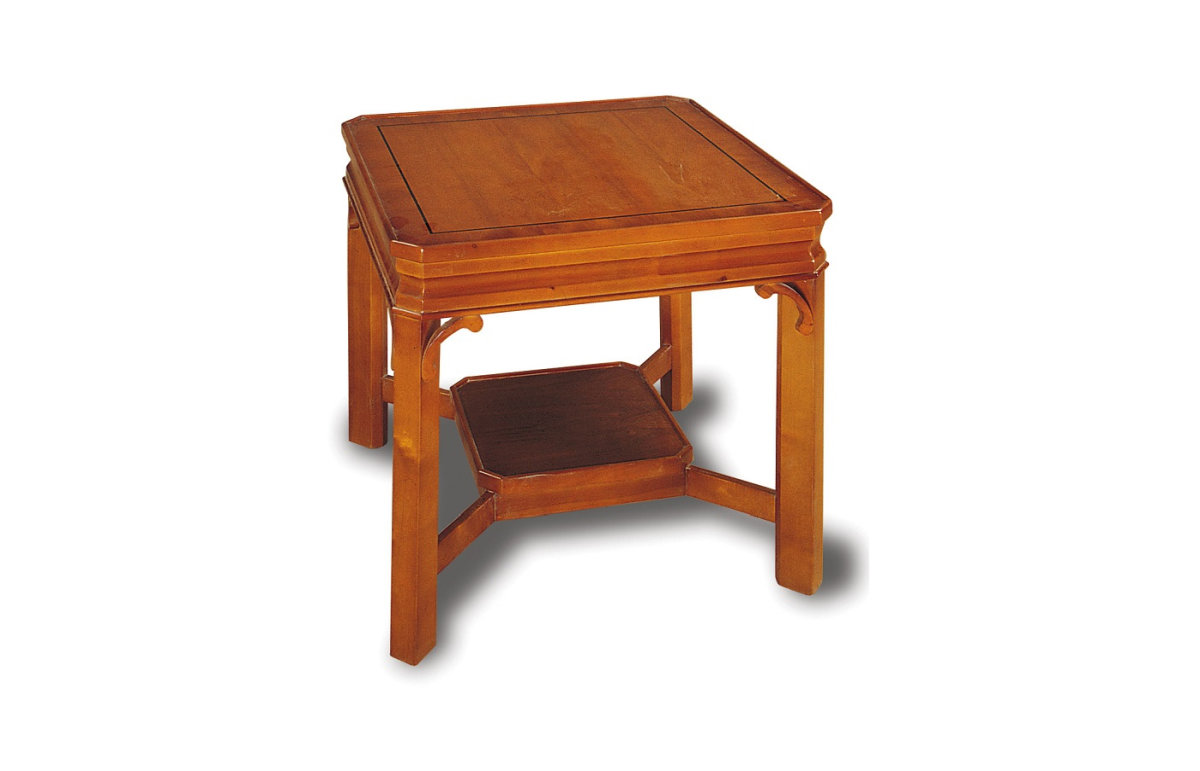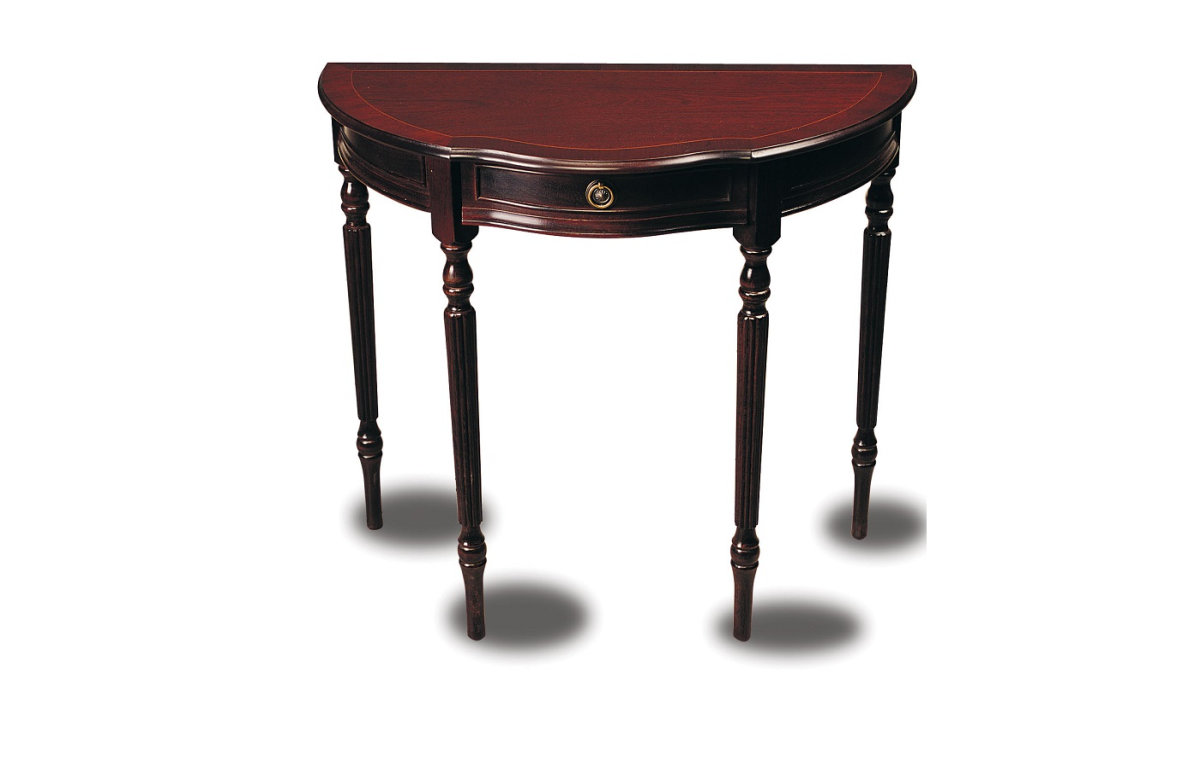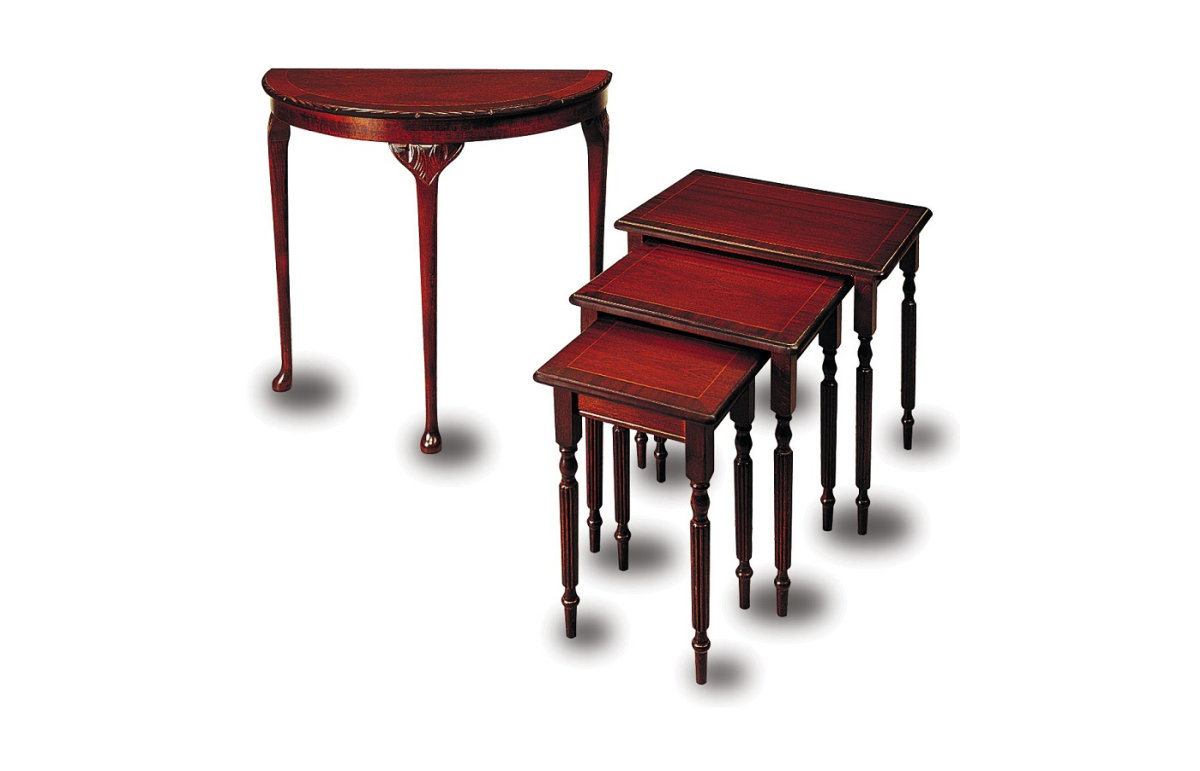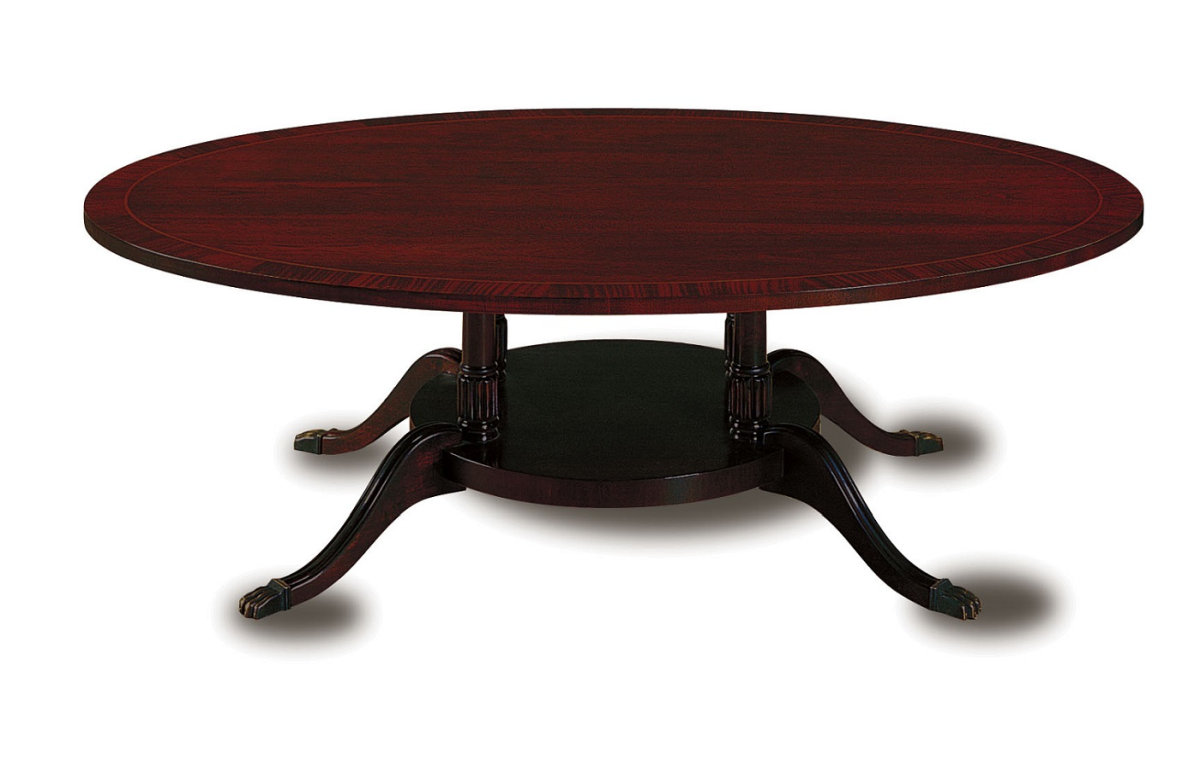Tables and Desks

Tables are fundamental elements of interior design, playing a key role in both homes and offices. They serve as the central place for gatherings, work, meals, and other daily activities. The variety of tables in terms of style, construction, and function allows for perfect adaptation to different needs and spaces, creating harmonious and functional interiors.
In homes, tables serve different roles depending on the room they are in. Dining tables are the heart of every kitchen or dining room, where household members gather for meals and conversations. They come in various shapes – from rectangular and round to square – allowing for adaptation to the available space and the number of people. The choice of material, whether wood, glass, or metal, significantly impacts both the durability and aesthetic of the table. Wooden tables bring warmth and natural charm, while glass or metal tables give the interior a modern touch.
In the living room, tables often take the form of coffee tables, which are both practical and decorative. They can be used to store magazines, remote controls, or to serve snacks during social gatherings. Coffee tables come in a variety of styles and sizes, from minimalist and rustic to elegant models with additional shelves or drawers.
Desks are another category of tables, often used in home offices or study areas. They should be ergonomic and functional, providing a comfortable workspace for study or work. The choice of desk depends on individual needs – from simple, compact models to larger desks with drawers and shelves for documents and office equipment.
In offices, tables play a crucial role in conference rooms, meeting spaces, and teamwork areas. Conference tables must be large and sturdy to accommodate all necessary materials and provide a comfortable space for discussions. They are often equipped with additional features such as built-in electrical outlets, USB ports, or cable management systems, facilitating organized meetings and presentations.
Tables in collaborative workspaces need to be flexible and functional, allowing for easy adjustment to the changing needs of the team. Modular table systems enable various configurations, promoting creativity and work efficiency. Office tables typically have a simple and professional appearance, although bold and modern solutions are increasingly being introduced to bring energy and dynamism into the workspace.
From an aesthetic perspective, tables can be an important decorative element within a space. The choice of style, color, and materials should harmonize with the rest of the interior and create a cohesive design. In homes, tables are often chosen to emphasize the individual character of the space, while in offices, tables that convey professionalism and order are preferred.
In conclusion, tables are key elements of interior design, playing an important role in both homes and offices. Their variety in terms of style, materials, and functions allows for perfect adaptation to the specific needs and preferences of users. Choosing the right tables can significantly influence comfort, interior aesthetics, and functionality, creating a space that is both beautiful and practical.
































